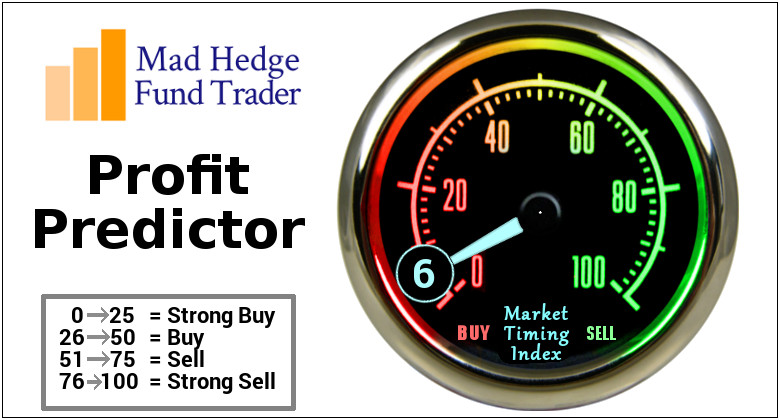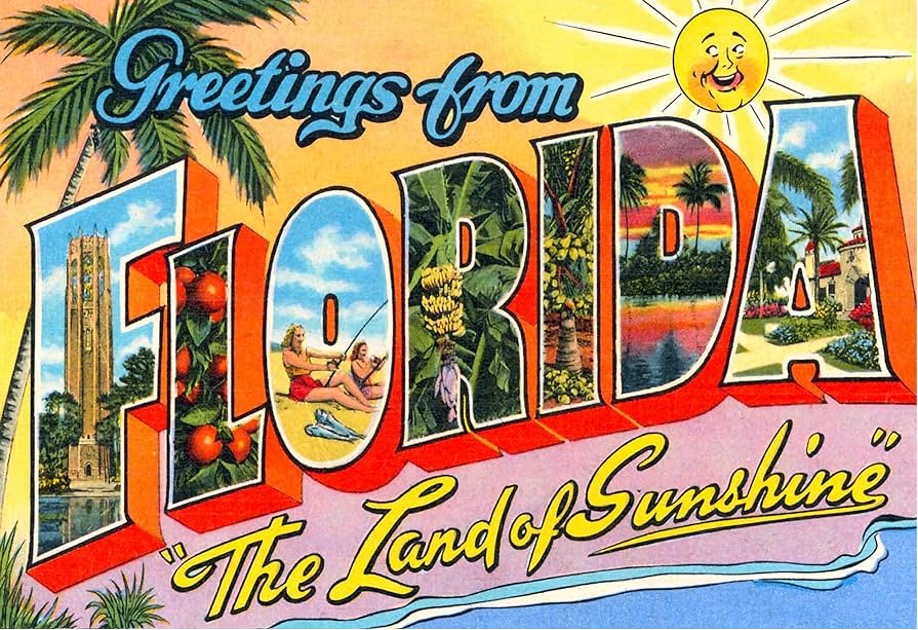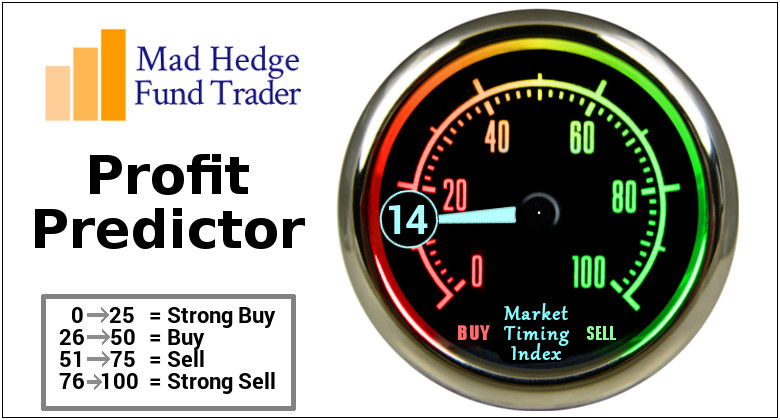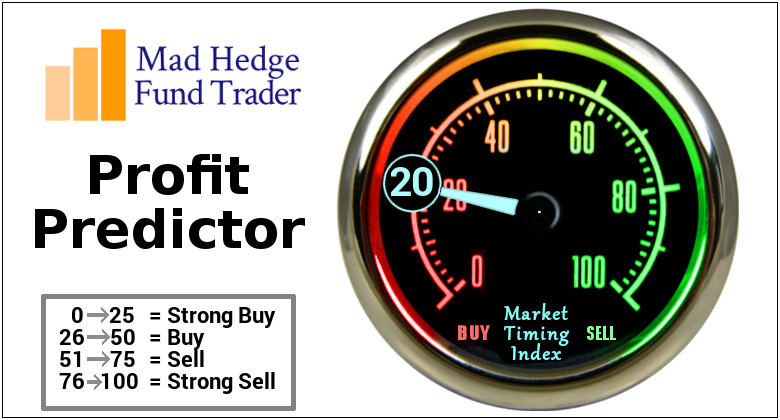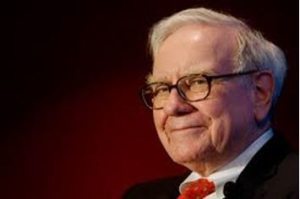
“Pessimists look very smart, but optimists make all the money,” said David Solomon, CEO of Goldman Sachs (GS).
Global Market Comments
November 21, 2025
Fiat Lux
Featured Trade:
(JANUARY 8 ORLANDO, FLORIDA STRATEGY LUNCHEON)
(TRADING THE KENNEDY ASSASSINATION)
Come join me for lunch for the Mad Hedge Fund Trader’s Global Strategy Luncheon, which I will be conducting in Orlando, Florida at 12:00 PM on Thursday, January 8, 2026. A three-course lunch is included.
I’ll be giving you my up-to-date view on stocks, bonds, currencies, commodities, precious metals, and real estate.
And to keep you in suspense, I’ll be throwing a few surprises out there, too. Enough charts, tables, graphs, and statistics will be thrown at you to keep your ears ringing for a week. Tickets are available for $267.
I’ll be arriving early and leaving late in case anyone wants to have a one-on-one discussion, or just sit around and chew the fat about the financial markets.
The lunch will be held at an exclusive hotel near Disneyland, the details of which will be emailed to you with your purchase confirmation.
I look forward to meeting you, and thank you for supporting my research.
To purchase tickets for this luncheon, please click here.

“Ask not what your country can do for you, but what you can do for your country,” said John F. Kennedy, America’s 35th president.
Global Market Comments
November 20, 2025
Fiat Lux
Featured Trade:
(DON’T GET SCAMMED BY THE MUTUAL FUNDS),
(TESTIMONIAL)
"In investment management, the progression is from the innovators to the imitators, to the swarming incompetents," said Oracle of Omaha, Warren Buffett.
Global Market Comments
November 19, 2025
Fiat Lux
Featured Trade:
(WEDNESDAY, DECEMBER 10, SALT LAKE CITY UTAH STRATEGY LUNCHEON)
(THE FALLING MARKET FOR KIDS)
"My experience in business helps me as an investor, and my investment experience makes me a better businessman," said Oracle of Omaha, Warren Buffett.
Global Market Comments
November 17, 2025
Fiat Lux
Featured Trade:
(MARKET OUTLOOK FOR THE WEEK AHEAD, or IT’S ALL ABOUT INTEREST RATES),
(HOOD), (CRWV), (BTC), (ORCL), (NFLX), (GS), (ZM), (MS), (BLK),
(GT), (WHR), ORCL), (INTC), (BABA)
“It’s a terrible mistake to own something, just because somebody else owns it, even if that other persona is Benjamin Graham, the head of investing,” said Oracle of Omaha, Warren Buffett.


